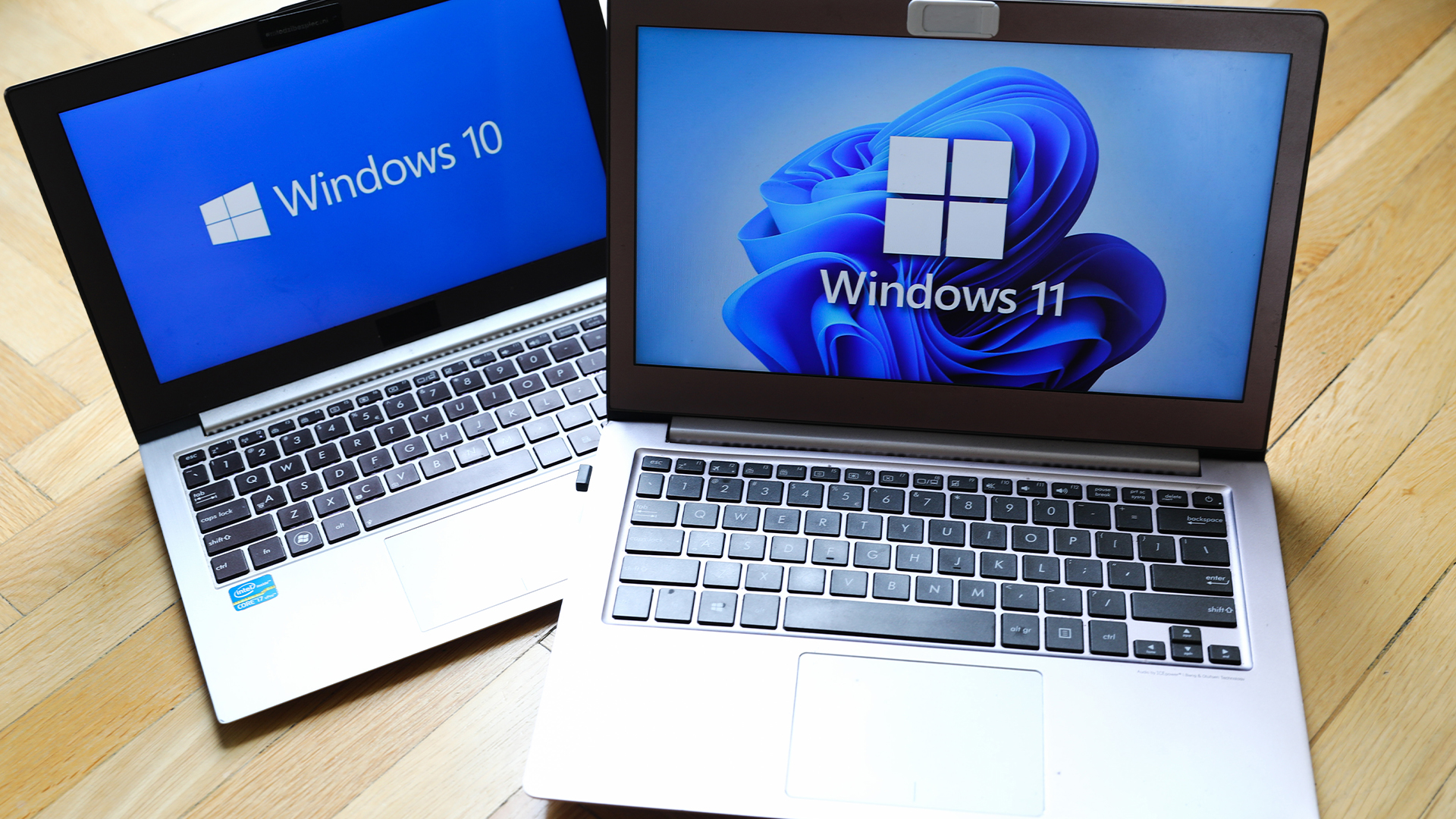Embedded processors in industry, cloud, and beyond
From the edge to power grids, embedded processors keep data flowing for all enterprises


Embedded processors are specialized hardware that bring together all the functions of a central processing unit (CPU) and those of embedded computer memory and networking chips. The result is a compact system that can be turned to a very wide range of use cases, either on its own or – as is typically the case – in tandem with other embedded chips.
Anywhere that very specific computations need to be carried out in a controlled environment, particularly those with heightened security requirements, embedded processors can play an important role.
In the industrial world, embedded processors can be found in devices as simple as motion sensor lights through to cars and the robotics used in smart manufacturing production lines.
Embedded processors are found in a wide range of devices, including consumer electronics, household appliances, vehicles, and aerospace and defense systems.
Embedded processors for industrial IoT
One vital use for embedded processors is in Internet of Things (IoT) networks, the backbone of the modern industrial world. These smart devices collect data in real-time all around the world and share it with their organization, to give us live oversight of environments such as offices, transport hubs, or even entire cities. Embedded processors can be found in every IoT device in the world – of which there are now 18.8 billion, per IoT Analytics figures.
Because embedded processors are all made for a single, specific use, they can be cheap to mass produce to a basic design template, cheap to run, and specialized for their specific purpose. This works perfectly for IoT sensors, which may need to be optimized for constant, live monitoring and reliable performance even in adverse conditions such as poor weather, extreme temperatures, or contact with hazardous materials.
Of course, all the data collected by IoT sensors is useless if it isn’t brought together and connected with an organization’s cloud infrastructure. This is done through IoT gateways, a single access point acts as a bridge between the sensors and the cloud, across which valuable data can travel.
Get the ITPro daily newsletter
Sign up today and you will receive a free copy of our Future Focus 2025 report - the leading guidance on AI, cybersecurity and other IT challenges as per 700+ senior executives
Aggregating all this data requires significant bandwidth, as well as some level of load balancing for compute-intensive tasks such as data encryption. This is where sophisticated embedded processor systems come into play, such as AMD’s system on chip (SoC) solutions specifically designed for use as Edge and IoT gateways. These devices interpret the data from all IoT sensors in their assigned network, converting it into a usable format and optimizing it for use in enterprise databases and applications.
More advanced systems such as AMD’s may even run machine learning models at point of data capture, to power on-site automation without the higher latency of taking data to the cloud for computation.
Industry doesn’t just refer to controlled environments, fleets, or even single organizations. Embedded processors can be used for projects large enough that they span entire nations or beyond.
For example, AMD’s Adaptive SoCs are used widely across electrical grids to take care of the incredibly fast and precise calculations required to monitor currents and voltages and build up an overall picture of electrical reliability. Aggregating this data with little latency is an incredibly complex task but it’s just the first step – it then has to be passed on to cloud-hosted supervisory control and data acquisition (SCADA) systems, from which network operators run and monitor the grid.
In recognition of attacks against critical national infrastructure (CNI), a rising threat, AMD’s Adaptive SoC performs on-chip encryption using the firm’s Crypto Engine.
Embedded processors and the cloud
Away from IoT networks, embedded processors also play an important role in passing data around in as efficient a manner as possible between dedicated compute infrastructure.
It can be easy to think of the cloud as an intangible dimension for enterprise data but it’s important to remember that it must always be backed by physical infrastructure in a data center. Here, data has to be ferried between servers and compute hardware, a process carried out by sophisticated data center switches and overseen by control plane chipsets.
AMD’s Ryzen Embedded family of processors can be installed in data centers as capable control planes, having been built with constant data routing in mind. With high performance and low power draw, these embedded processors are intended to wring out as much compute as possible from each data center cabinet without driving up energy consumption costs for their users.
It’s here that enterprises can make use of the complex potential of embedded processors. Though their proximity to the data they handle and pass on is one of their chief benefits, the degree to which they can be tailored to specific use cases is what makes them indispensable to enterprises. This is dedicated hardware, designed to operate around the clock and to extreme computational limits that other processors cannot reach.
The future of embedded processors
As edge AI becomes more of an enticing prospect for enterprises, embedded processors that can handle low power inference of vast quantities of unstructured data will be vital. Alongside this, greater emphasis will be placed on embedded processors for scalable, efficient, and resilient data storage.
Chip designers such as AMD have already anticipated demand here, with AMD’s embedded processors found in controllers for extremely high throughput between an enterprise’s compute and its storage. The EPYC Embedded family, in particular, gives enterprises a scalable solution for handling extreme, AI-driven demand for network traffic with up to 96 PCIe lanes.
AI is, of course, not the only growth area in which embedded processors will make an impact. The challenge of monitoring electrical grids using sensors across an operator’s infrastructure will only grow as countries move to electrify more industries and expand renewable energy generation.
These changes will increase the demand for powerful and targeted embedded systems, powered by the next generation of chips, to provide live oversight of the entire electrical grid and help map constraints or growing demand against more flexible power capacity than that for which the grid was originally designed.

Rory Bathgate is Features and Multimedia Editor at ITPro, overseeing all in-depth content and case studies. He can also be found co-hosting the ITPro Podcast with Jane McCallion, swapping a keyboard for a microphone to discuss the latest learnings with thought leaders from across the tech sector.
In his free time, Rory enjoys photography, video editing, and good science fiction. After graduating from the University of Kent with a BA in English and American Literature, Rory undertook an MA in Eighteenth-Century Studies at King’s College London. He joined ITPro in 2022 as a graduate, following four years in student journalism. You can contact Rory at rory.bathgate@futurenet.com or on LinkedIn.
-
 What enterprises need to be Windows 11 ready
What enterprises need to be Windows 11 readySupported Content Hardware purchasing will play a key role in delivering success during the Windows 11 migration rush
By Ross Kelly
-
 M&S calls in NCSC after 'cyber incident' disrupts customer payments, online orders
M&S calls in NCSC after 'cyber incident' disrupts customer payments, online ordersNews Retail giant Marks & Spencer (M&S) has revealed it has been dealing with a “cyber incident” in recent days and apologized to customers amid disruption complaints.
By Ross Kelly